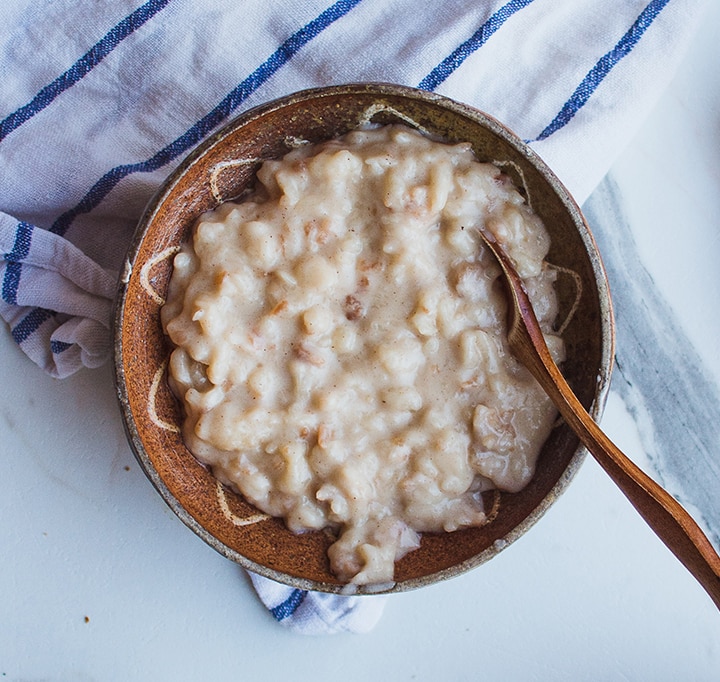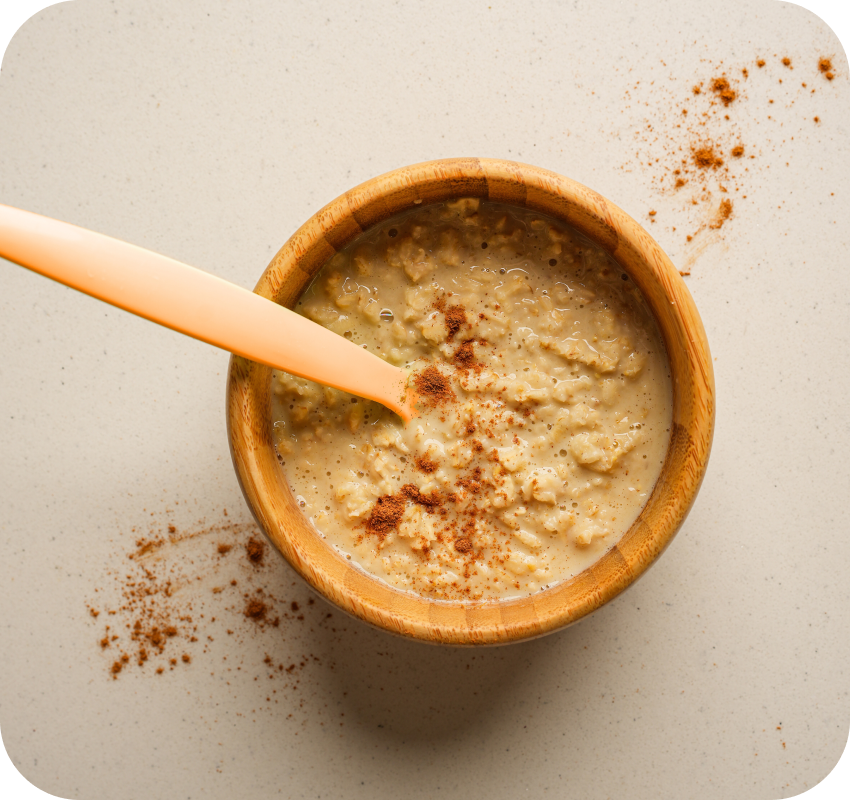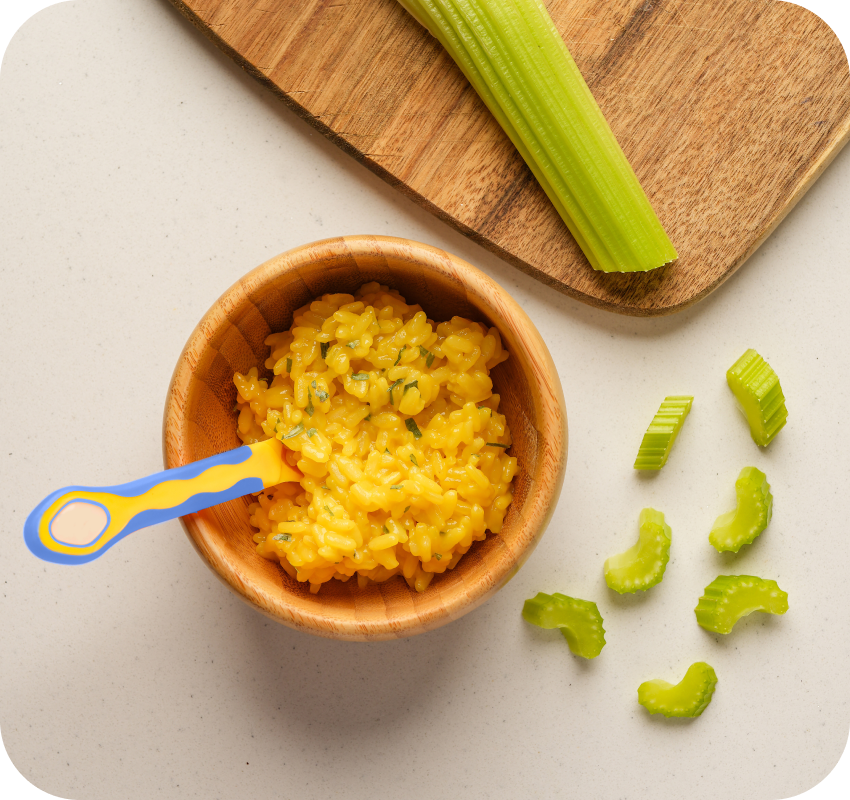Living with CMPA
Living with CMPA can be a challenge, but there are solutions for every family.
Here you’ll find allergy-friendly recipes, practical tips and important information to help you when you start complementary feeding and reintroducing dairy.

CMPA stories
Watch stories from families affected by
CMPA and their experience.
Jay's Story
Watch our series of videos featuring Jay, who shares her family's journey with food allergies. Jay's son, Ash, has multiple food allergies, including CMPA. Their story provides valuable insights, from diagnosis to allergy management
What other families are asking?
Read answers to commonly asked questions from parents on the CMPA journey.
Yes, it’s actually the most common food allergy in the first year of life. 7 out of every 100 babies are diagnosed with CMPA.
No. There is currently no research to indicate that CMPA is caused by genetics.
Babies and children experience CMPA when their immune system mistakes the proteins found in cow’s milk as a harmful. This then causes an allergic reaction, creating one or more of CMPA’s symptoms.
CMPA can make life a bit more complicated, both for children who are diagnosed and their parents. But millions of children grow up with CMPA, and everyone’s solutions are different. With the right medical support and an imaginative approach to mealtimes, you can find a balance that works for you and your family.
There are two types of immune reaction that cause CMPA symptoms: immunoglobulin (Ig)E-mediated or a non-IgE-mediated. In some instances children experience a combination of the two. If an allergic reaction happens straight away within just a few minutes or hours of ingesting cow’s milk protein, it is probably an IgE-mediated. Delayed reactions that take 48 hours or longer are more likely to be non-IgE-mediated.
Cow's milk protein allergy weaning recipes
The following recipes, developed with leading dietitians will help you to prepare recipes suitable for children with cow's milk protein allergy. As you grow in confidence and as your child grows, you may be able to adapt family meals to make them suitable for CMPA.
More support

PRACTICAL TIPS
FOR LIVING WITH CMPA
Get access to helpful information such as food preparation in a nursery/day care and learn how to prepare the right formula product for your child.

INTRODUCTION OF
SOLIDS
(COMPLEMENTARY FEEDING)
Complementary feeding is an exciting time for you and your baby, as you watch your little one progress from a diet of breastmilk/formula milk feeds to eating family meals.

WHEN TO
INTRODUCE MILK/DAIRY?
Learn how the introduction differs between IgE and non-IgE mediated allergy and understand the role of the milk ladder and how it works.










